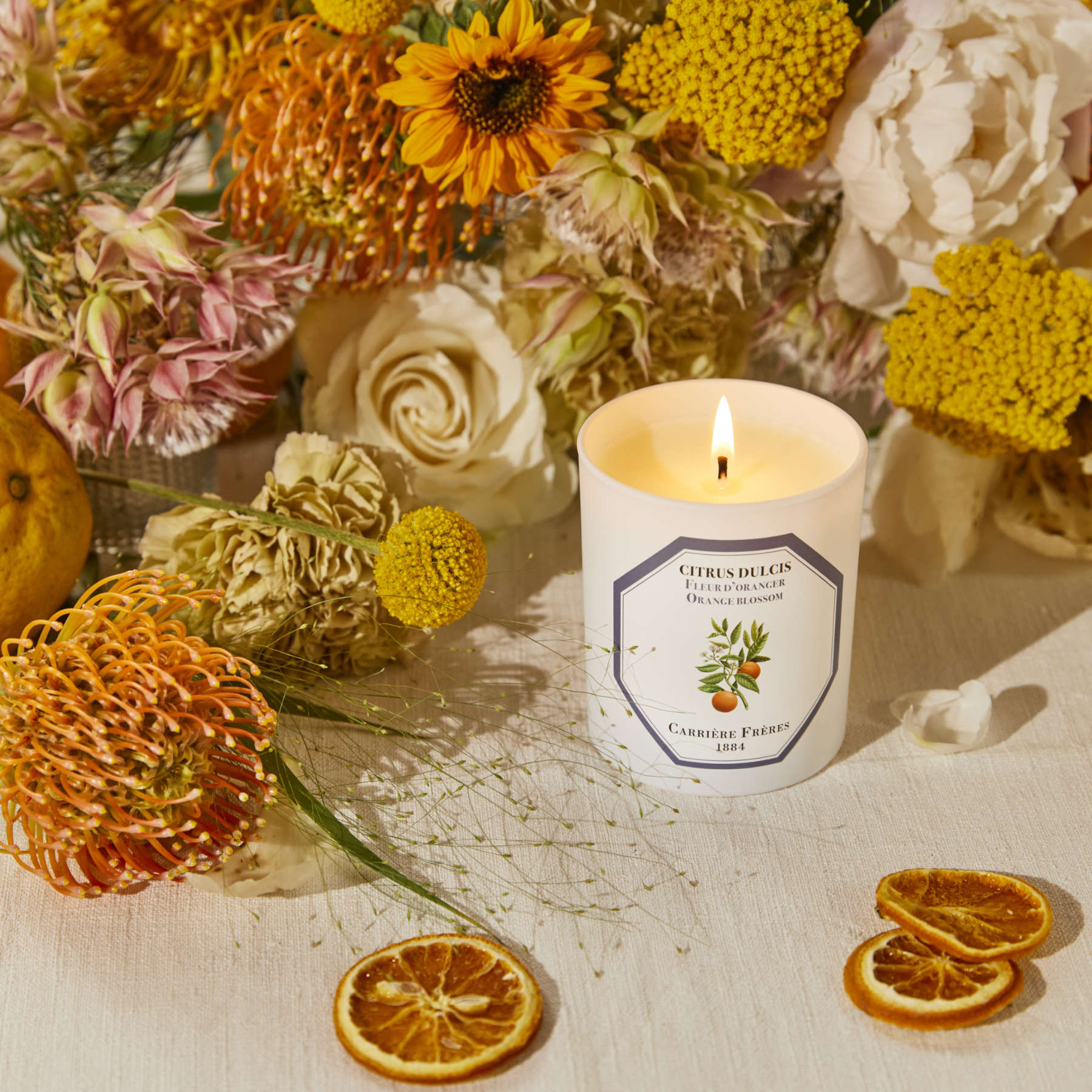
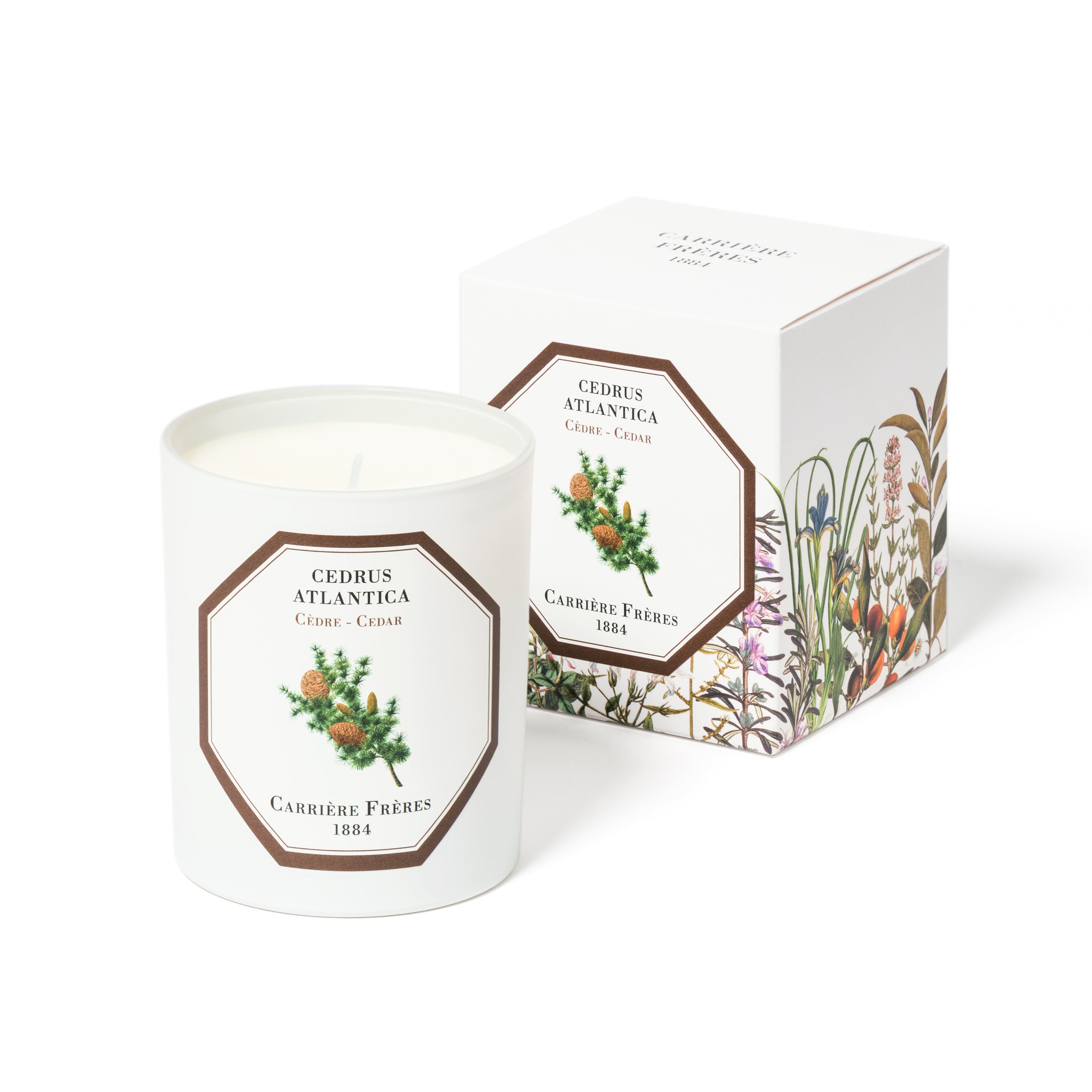
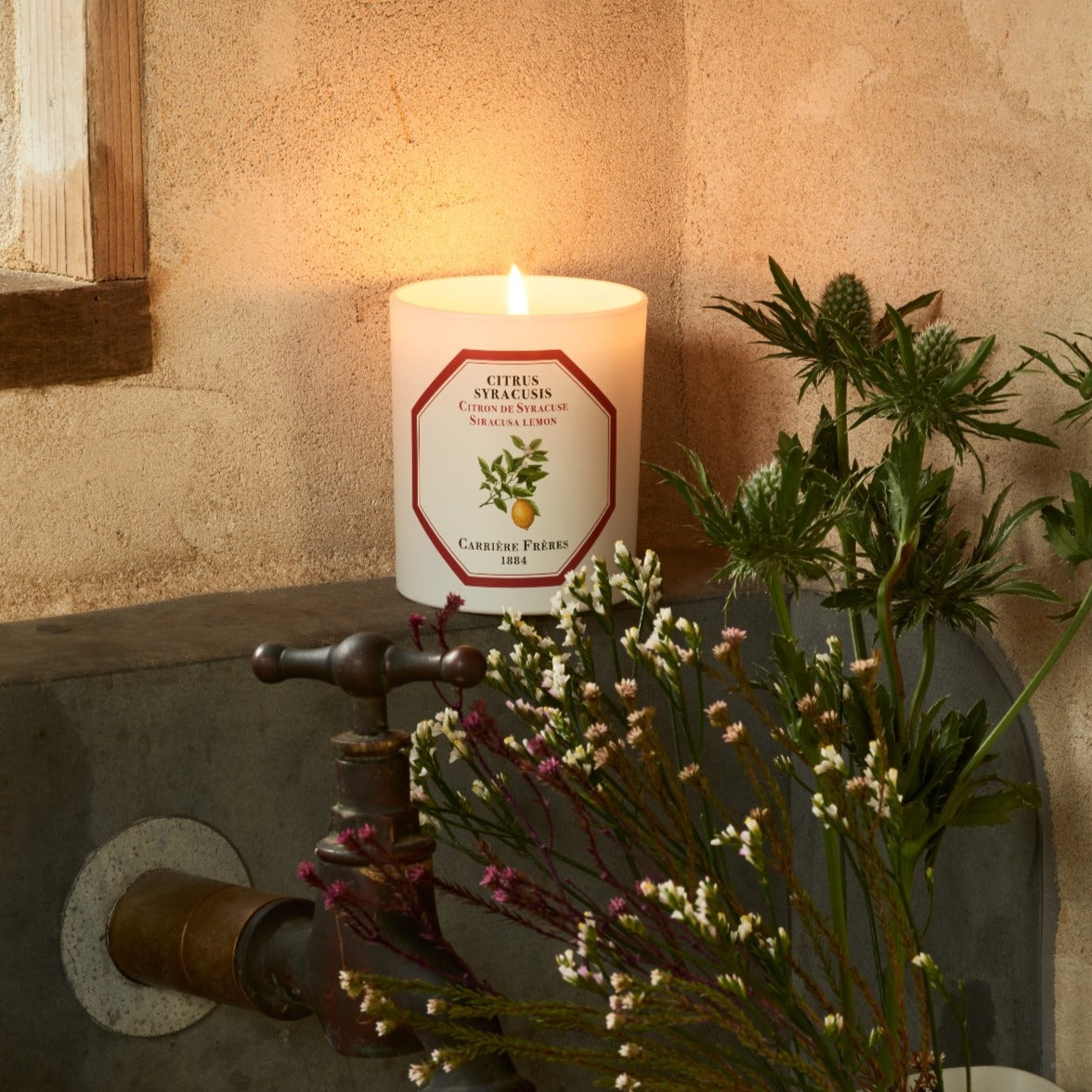
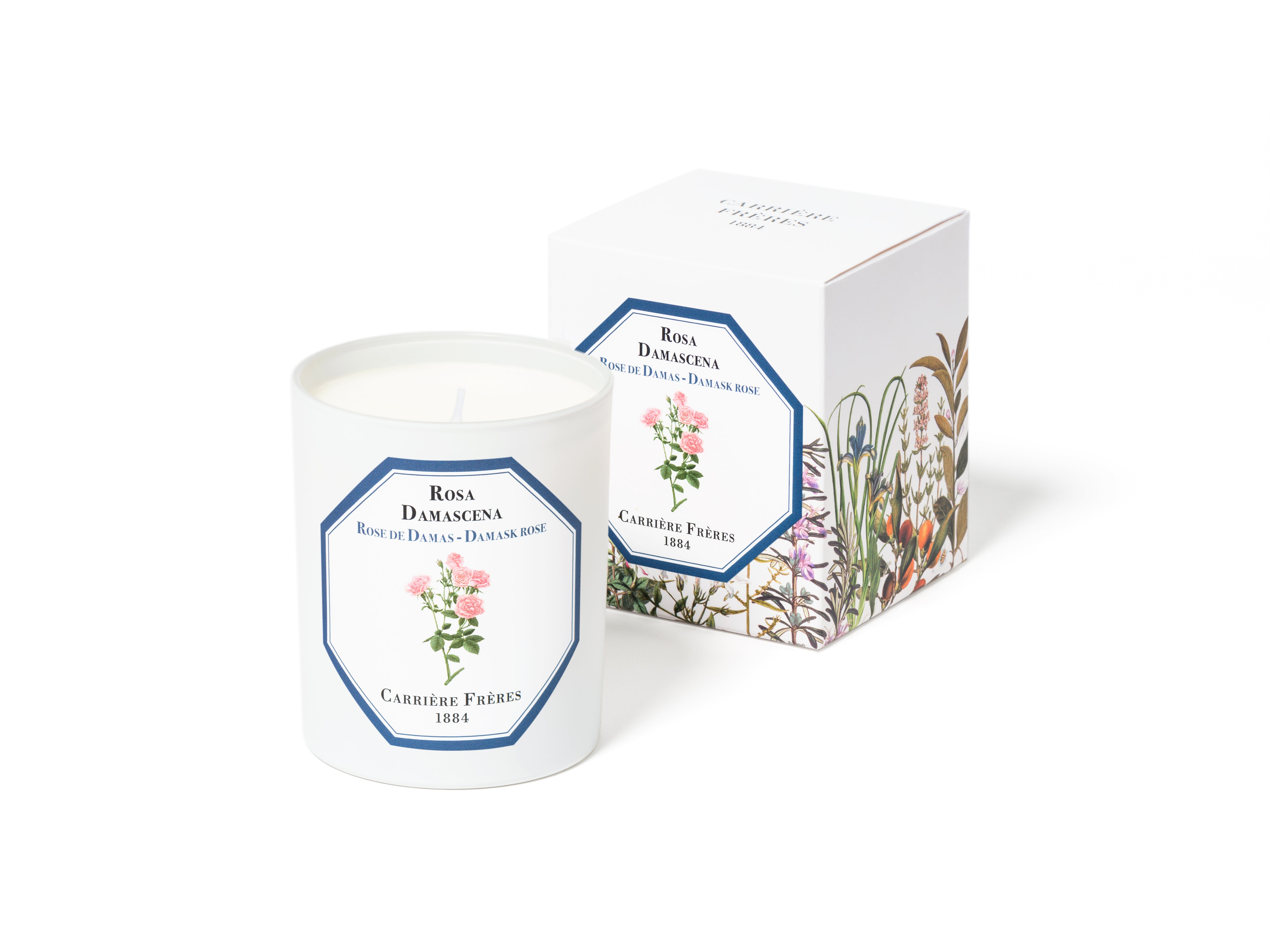
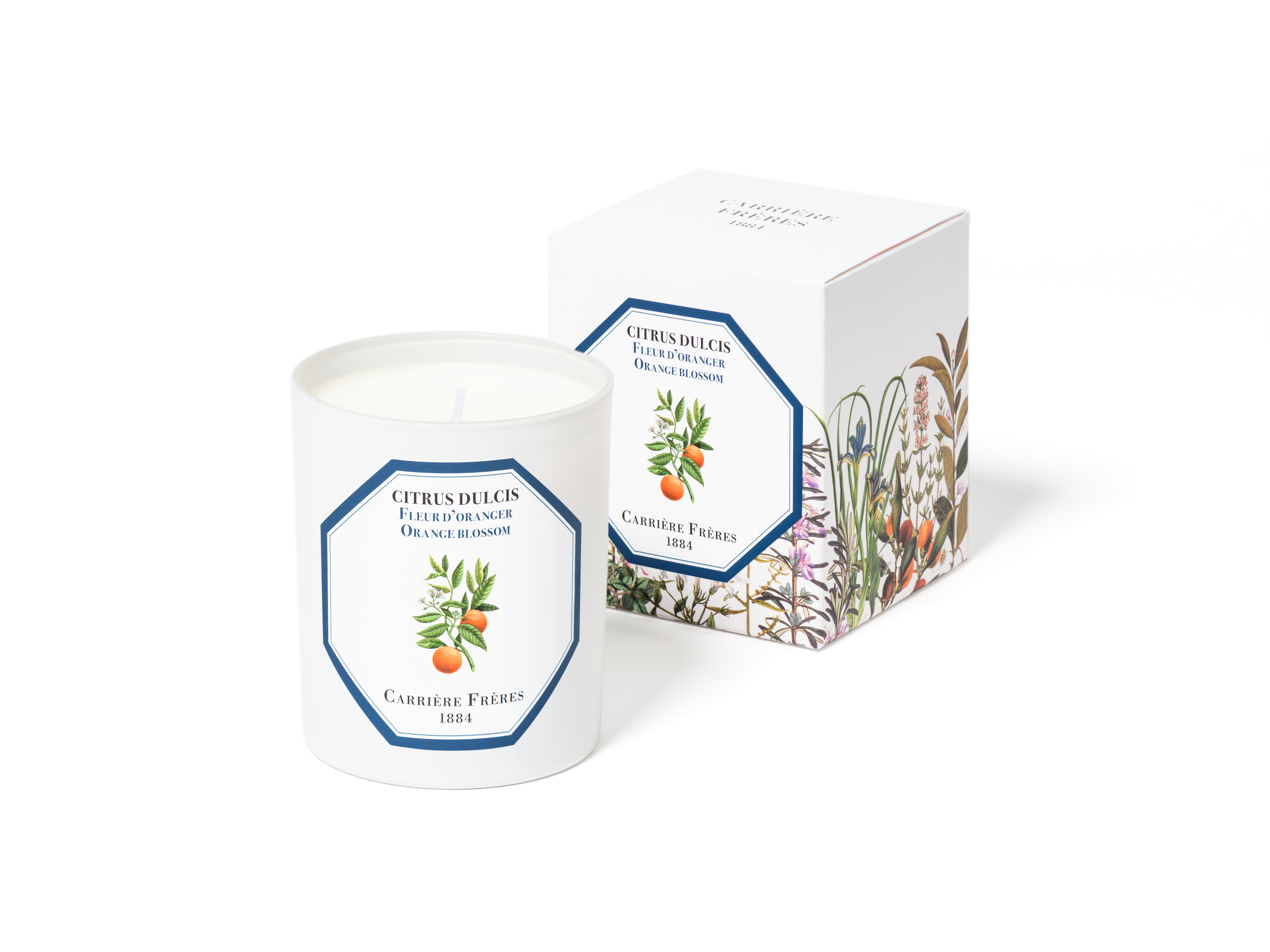
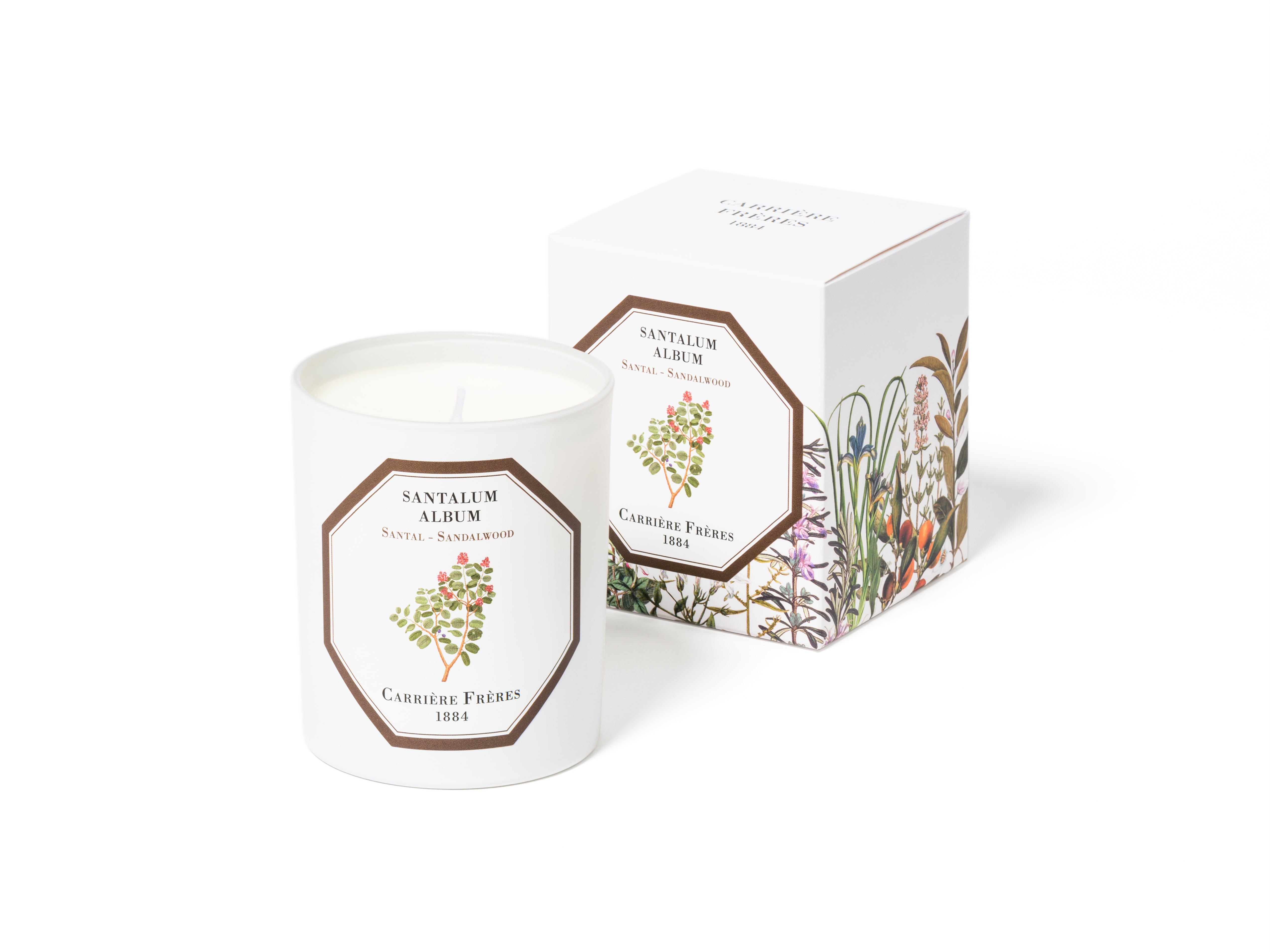
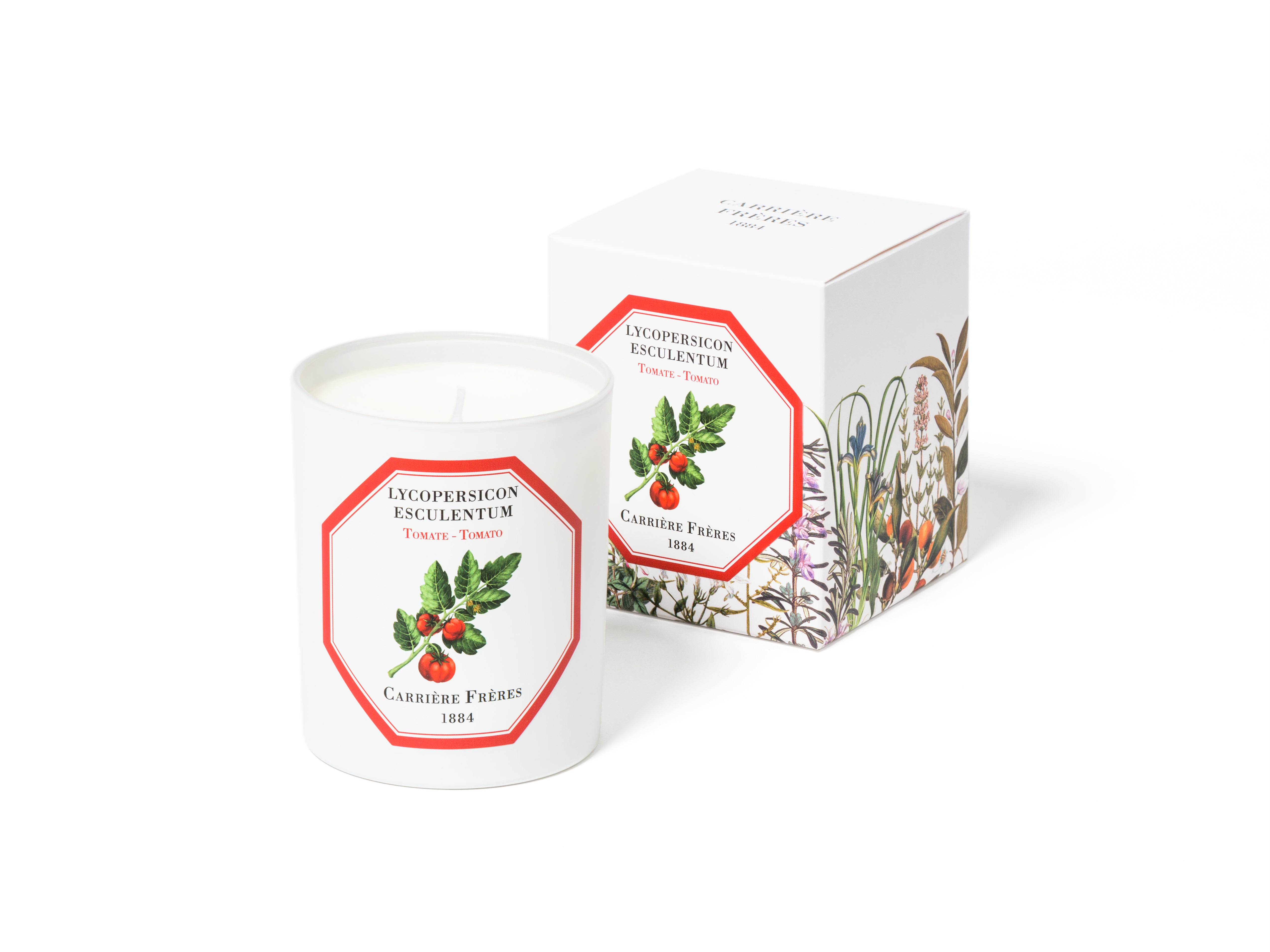
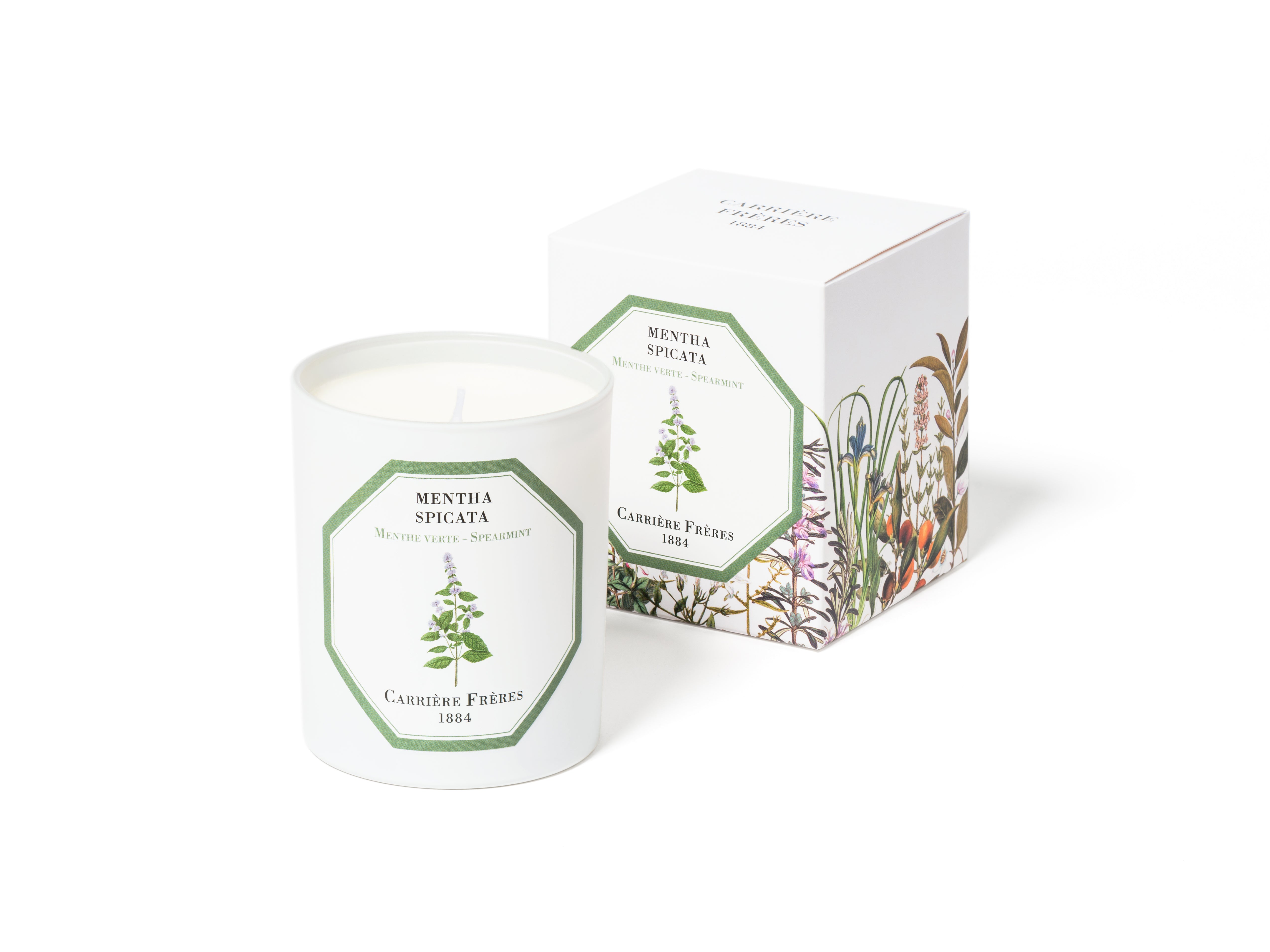
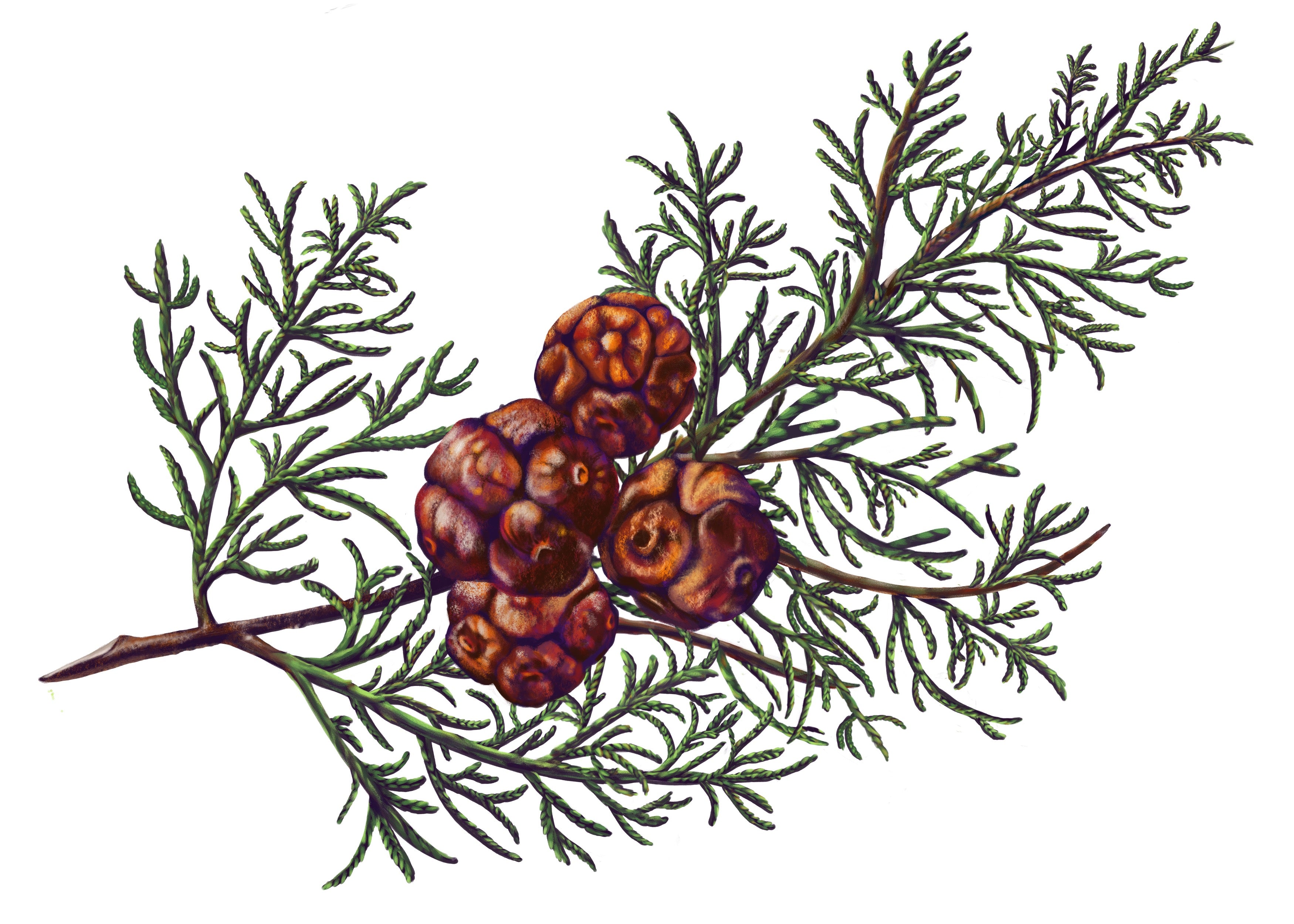
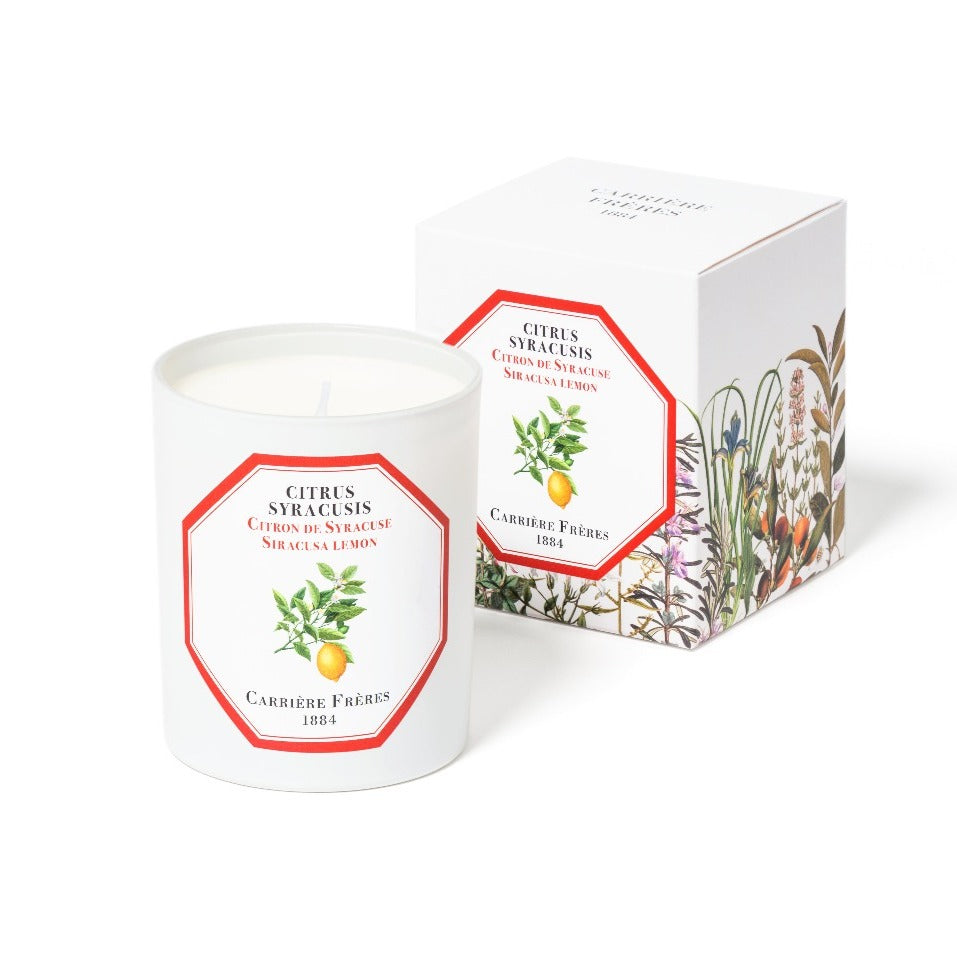
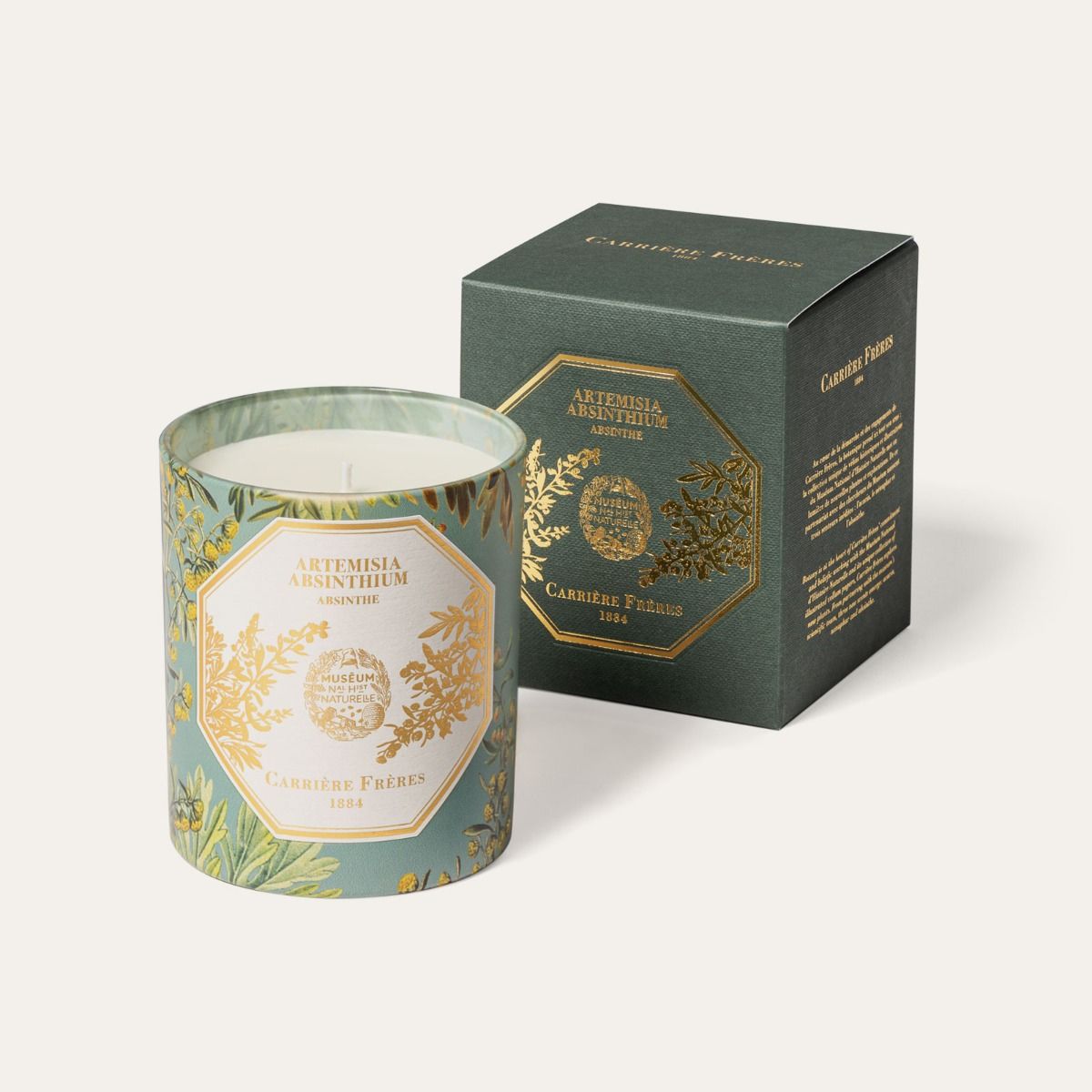
Carrière Frères Scented Candles (185g)
With a history centred on botany, traditional expertise, French manufacturing and essences that follow the seasons: the universe of Carrière Frères enriches your interiors with aromatic fragrances.
With a history centred on botany, traditional expertise, French manufacturing and essences that follow the seasons: the universe of Carrière Frères enriches your interiors with aromatic fragrances.
Carefully handcrafted in workshops in Normandy, Carrière Frères’ scented candles contain many manufacturing secrets.
By respecting the purest essence of each botanical element, they seek to perfectly refine and stimulate the emotions often associated with them.
Step by step, they are eliminating or replacing any non-renewable element in their manufacturing chain: the cellophane, foam padding, ink and the cardboard they use which is now 100% recycled and FSC certified. The candles themselves are obviously not excluded from the sustainable development approach. The goal is to make all Carrière Frères candles with 100% vegetable wax by 2022.
*****
Scents
- Orange Blossom - A white flower that heralds warm days, orange blossom grows on the bitter orange tree. Known since Antiquity, it is a symbol of purity and beauty.
- Damask Rose - A divine symbol, the ‘Queen of Flowers’ is originally from Turkey. It is appreciated for its beauty and the subtlety of its fragrance.
- Cedar - A conifer of the Pinaceae family native to North Africa, cedar is an aromatic, durable and light wood.
- Sandalwood - This ancient wood comes from a parasitic evergreen tree. Native to the Mysore region of India, its fragrant and medicinal properties have been known for 4,000 years.
- Cypress - is a fresh scent of an evergreen tree from the Cupressaceae family. Its name is derived from the Greek mythology in which Cyparisse, Telephus’ son, was turned into a cypress by Apollo.
- Tomato - A fleshy berry from the Solanaceae family of plants, the tomato takes its name from the deformation of the Inca word ‘tomalt’.
- Spearmint - Its origin is uncertain, but it is probably the result of an ancient cross between two species of mint. Spearmint is a perennial plant known for its heady and subtle scent.
- Absinthe - A plant with stimulative power and an intense vegetal aroma, absinthe, previously known as 'the green fairy,' was reputed to provide creative powers.
Additional Info
Shipping
UK Shipping
- Orders under £50 are £4.95
- Orders between £50 - £250 are £6.95
- Orders over £250 are delivered FREE
- Guaranteed Next Day £14 - Orders must be received before midday, and the service is only available from Monday to Thursday - excludes Bank Holidays.
For international shipping costs please read more here
Choose options

























